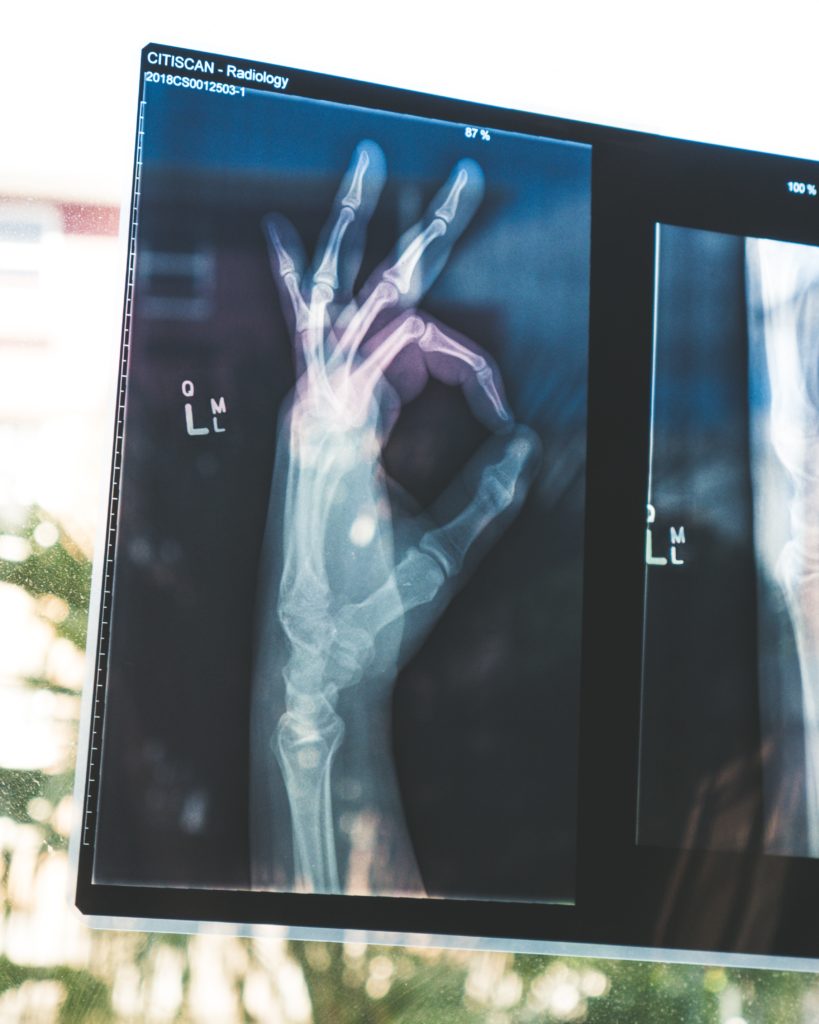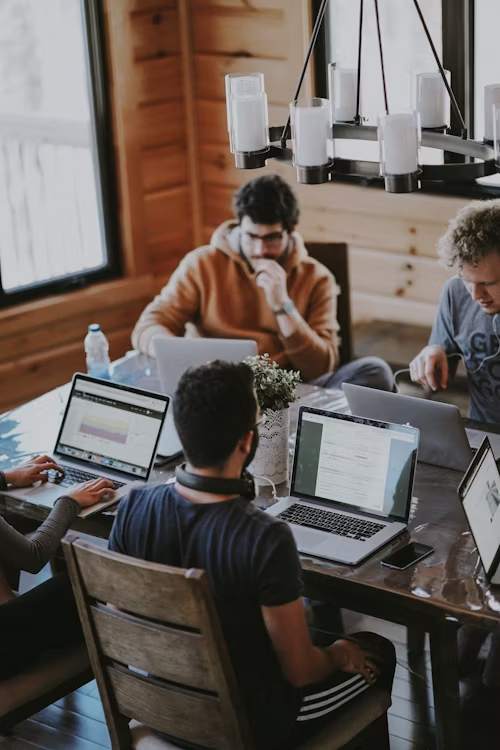Any data, media, or inventive work that is created, distributed, and utilized digitally is alluded to as advanced content. It comprises numerous different kinds of material that are available and shareable across electronic gadgets and PC networks. There are numerous types of digital material, including text, pictures, recordings, programming, sound, mixed media, and computerized craftsmanship. Digital material is no exception to the rule that intellectual property (IP) is a valuable asset for organizations of all sizes. Safeguarding your intellectual assets is more urgent now than at any other time in the digital period since electronic data might be quickly imitated and appropriated without approval.

Sorts of licensed innovation protection for computerized content
Following are the types of licensed innovation security for electronic content:
Trademarks
Brand names, logos, mottos, and different identifiers of the source of items or services are completely safeguarded by a trademark. Site names, program names, and application names all fall within the meaning of trademarks in the digital space. By enlisting a trademark, you might lay out your restrictive use privileges and prevent others from utilizing the mark conflictingly.
Copyright
Original works of authorship, such as software, films, music, photographs, and textual content, are protected by copyright. Copyright is automatically applied once the work is generated and fixed in a physical form. The possibility to pursue statutory damages and attorney’s fees in the event of infringement is one of the extra legal advantages of registering the copyright with the relevant government agency.
Patents
Patents are important for safeguarding advanced technical innovations used in electronic material, such as cutting-edge features or software algorithms. Patents provide the possessor temporary exclusivity, allowing them to exclude others from using, producing, or commercializing the patented invention.
Trade secrets
As trade secrets, makers of digital material may shield private and sensitive information. Formulas, algorithms, source codes, and other valuable knowledge that gives a competitive advantage are examples of trade secrets. The owner must take reasonable measures to safeguard the information’s confidentiality to retain trade secret protection.
Digital rights management
DRM (Digital Rights Management) is a technique that restricts use and manages access to electronic information. It guards against the unlawful duplication, transfer, and alteration of digital material, assisting content owners in safeguarding their intellectual property.
Creative commons licenses
Some content producers choose to adopt Creative Commons licenses, which specify the terms and circumstances under which others may use their electronic works. These licenses provide varied degrees of authorization, from allowing just non-commercial usage and no changes to allowing commercial use with attribution.
Digital watermarks
Digital watermarks are covert, integrated symbols that show who owns the copyright to a piece of electronic information. Watermarks may prevent unlawful usage and provide you with a way to track down copies that have been copied illegally.
Measures to protect IP rights in the digital environment
In addition to the forms of intellectual property protection for electronic content, some other measures can be taken to protect IP rights in the digital environment. These measures include:
Making the necessary registrations with the relevant authorities
Perhaps the most vital thing you can do to shield your licensed innovation privileges is this. It will be less complex to seek after your privileges if they are violated if you register your rights. This is because doing so makes a freely available report of your ownership of the rights. The Latvian Patent Office is where you might enlist your licenses, brand names, and copyrights.
Safeguarding your material using digital tools
Unauthorized users may find it more challenging to duplicate or distribute your work when you use watermarks and DRM technology. In electronic material, there are invisible or partially visible markings called watermarks. Encryption and other methods are used by DRM technology to restrict access to digital material.
Clearly stating copyright notices on all of your work
This will assist in letting people know that your work is copyright-protected and that they shouldn’t use it without your consent. The year of first publication, the copyright owner’s name, and the copyright symbol should all be included in copyright notifications.
Signing confidentiality agreements with contractors and workers
Your proprietary advantages and other confidential data might be protected from unapproved openness with the utilization of privacy arrangements. All representatives and project workers who approach your confidential data should consent to these arrangements.
Taking action to protect your computer systems from illegal access
Utilizing solid passwords, firewalls, and other security insurance is important for this. Furthermore, you need to occasionally back up your information to not lose it in case of a security breach.
You can also find these articles helpful
A merger of associations guide in Latvia
Change of legal address of an association
Procuration of a Stock Company in Latvia







